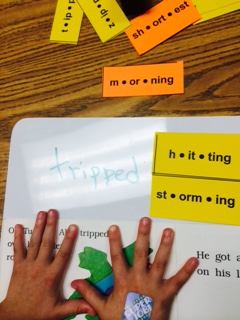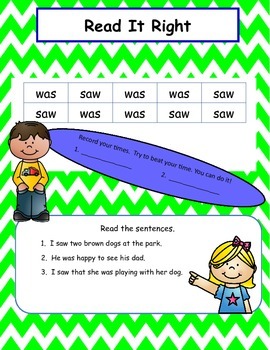Why I Teach Primary
When I was shopping at the mall recently, I mentioned that I was a teacher and the salesperson said it must be fun playing with little kids all day. She also said how much easier it was than teaching a real subject.
Now, playing is an important part of children's development and I do enjoy teaching. Actually, I LOVE it, but it's not why I became an elementary teacher or why I began my career as a first grade teacher. During college, one of my professors advised me to focus on primary grades. She felt that the primary grades were the most important and that only "masters" should be allowed to teach them. Our discussions about how primary school lays the foundation for children's success still motivates me today.
This memory was triggered earlier today when I read a blog post about how Finland's education system values primary education so highly that it is THE most competitive degree to get in Finland. The education departments only accept 10% of all applicants and turn away thousands of applicants each year. Not only do primary teachers have to be the best and brightest to become primary teachers, they also have to go through personality screenings and a series of interviews.
Another interesting idea discussed in the blog about Finland was how the students loop with their teacher up to six years. WOW! Can you imagine how well teachers would know their students if they taught them for three consecutive years? Another aspect mentioned was how this helps the teachers understand the curriculum in a holistic and linear way.
Having taught kindergartners through fifth graders, I understand curriculum in this way and can identify gaps in older children's understanding. I agree with the author that it could be a major factor in Finland's success. What do you think?















